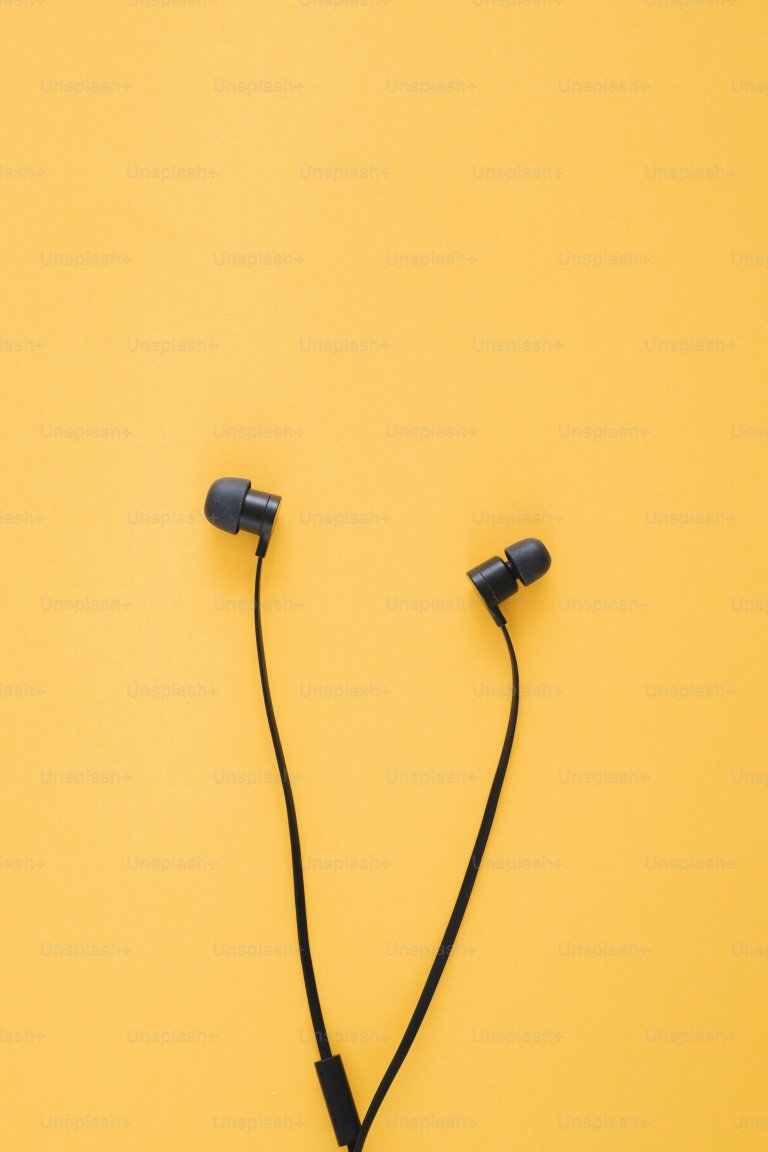How To Buy Audio Speakers
Audio speakers are an essential component of any sound system, whether for listening to music, watching movies, or playing video games. With so many options available in the market, it can be overwhelming to know which speakers to buy. But fear not, we’ve got you covered with this comprehensive guide on how to buy audio speakers that best fit your needs and budget.
Step 1: Determine your budget
The first step in buying audio speakers is deciding how much you’re willing to spend. Prices for speakers can range from a few hundred dollars to thousands of dollars, depending on the brand, quality, and features. It’s essential to set a realistic budget beforehand, so you can narrow down your options and make a more informed decision.
Step 2: Understand the different types of speakers
Before diving into the technical specifications, it’s crucial to have a basic understanding of the different types of speakers available in the market. The four main types of speakers are:
Bookshelf speakers
As the name suggests, bookshelf speakers are compact, designed to be placed on a shelf, desk, or bookcase. They are a popular choice for smaller rooms or spaces as they are easy to set up and can provide excellent sound quality. However, they may not have as much bass or volume as larger speakers.
Tower speakers
Tower speakers are floor-standing speakers that are larger and more powerful than bookshelf speakers. They have more drivers, which allow for better sound quality, bass response, and volume. They are an ideal choice for bigger rooms or spaces.
In-wall or ceiling speakers
In-wall or ceiling speakers are mounted directly into the wall or ceiling, making them virtually invisible. They are great for creating a seamless and clutter-free look in your home. However, they may not have the same sound quality or bass response as bookshelf or tower speakers.
Satellite speakers
Satellite speakers are small, compact speakers that are meant to be used with a subwoofer. They are best suited for surround sound setups, providing clearer sound and optimal placement flexibility.
Step 3: Consider the size and layout of your room
When buying speakers, it’s important to consider the size and layout of your room. Larger rooms may require more powerful speakers, while smaller rooms may do well with bookshelf speakers. The layout of your room is equally essential as it affects the placement and positioning of your speakers for the best sound quality.
Step 4: Look at the technical specifications
Now that you have a better understanding of the different types of speakers and how they fit into your budget and room, it’s time to look at the technical specifications. Here are some terms you should be familiar with:
Frequency response
Frequency response refers to the range of frequencies a speaker can reproduce, measured in Hertz (Hz). The wider the frequency response, the better sound quality and more accurate audio reproduction the speaker can provide.
Impedance
Impedance is the measurement of the electrical resistance of a speaker and is typically measured in Ohms. The lower the impedance, the more power the speaker requires to produce sound.
Sensitivity
Sensitivity refers to the sound level a speaker produces when given a specific amount of power. It’s measured in decibels (dB). A higher sensitivity rating means the speaker can produce louder sound with less power.
Step 5: Check for compatibility
Before making a purchase, make sure the speakers you’re interested in are compatible with your current sound system setup. This includes the speaker’s power handling capability, voltage compatibility, and connectivity options.
Step 6: Read reviews and ratings
Online reviews and ratings can be a helpful tool in determining the quality and performance of a particular speaker. They provide valuable insights from real users, giving you a better idea of whether the speaker is worth your investment.
Step 7: Listen before you buy
While online reviews and ratings can provide useful information, there’s nothing quite like testing out the speakers for yourself. If possible, visit a store and listen to different speakers in person to get a better sense of their sound quality and performance. Remember, sound is subjective, so what may sound great to one person may not appeal to another.
Step 8: Consider the brand and warranty
Lastly, it’s important to look into the brand and their warranty policy. Reputable brands often offer better quality and after-sales service. Additionally, a good warranty can provide peace of mind and protect you from any manufacturing defects.
Conclusion
Buying audio speakers may seem like a daunting task, but by following these steps, you can make a more informed decision and find the perfect speakers for your needs. Remember to determine your budget, understand the different types of speakers, consider the size and layout of your room, look at the technical specifications, check for compatibility, read reviews and ratings, and listen before you buy. And most importantly, don’t forget to enjoy the music!



